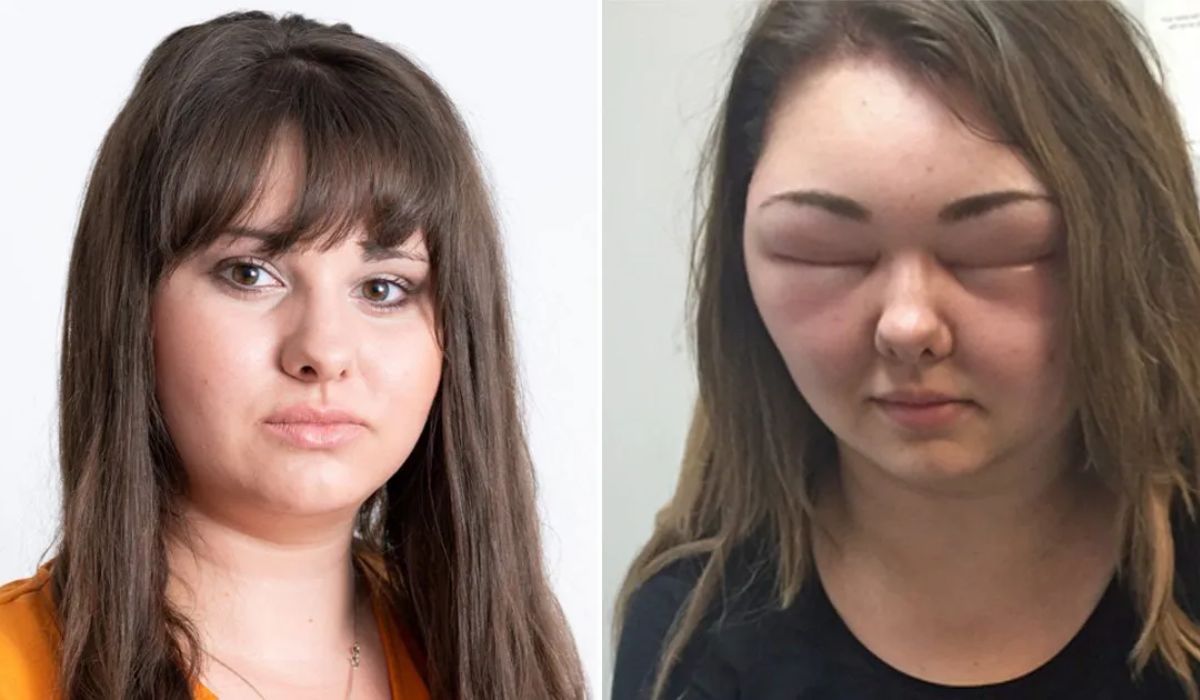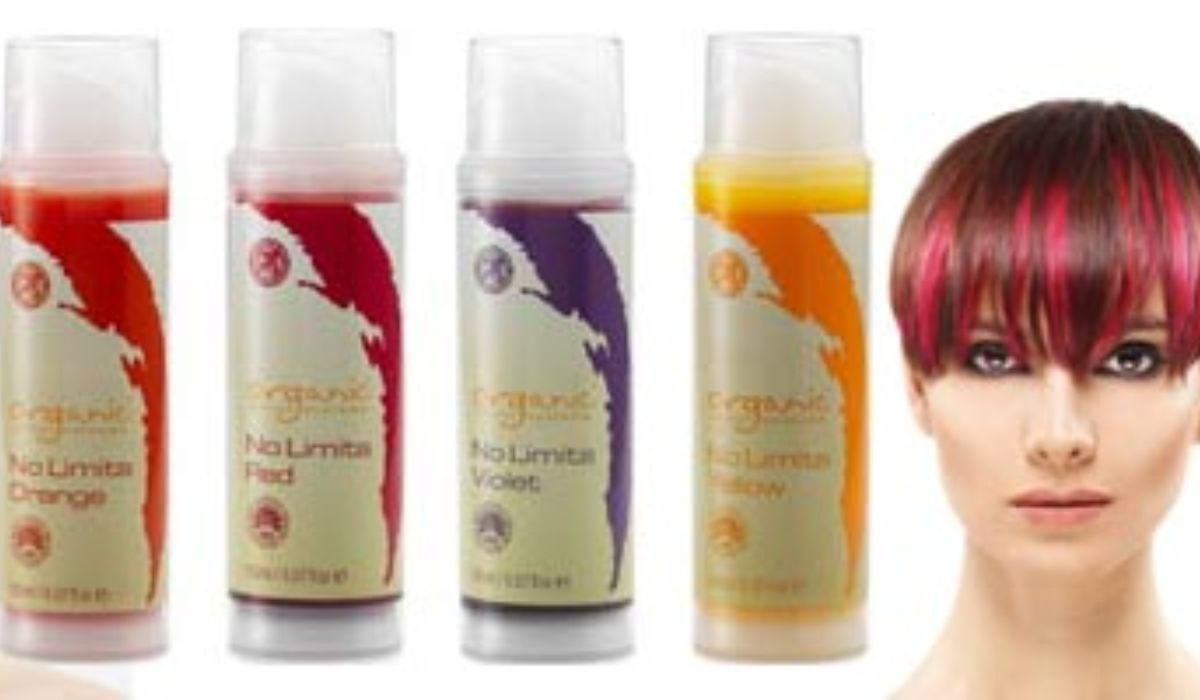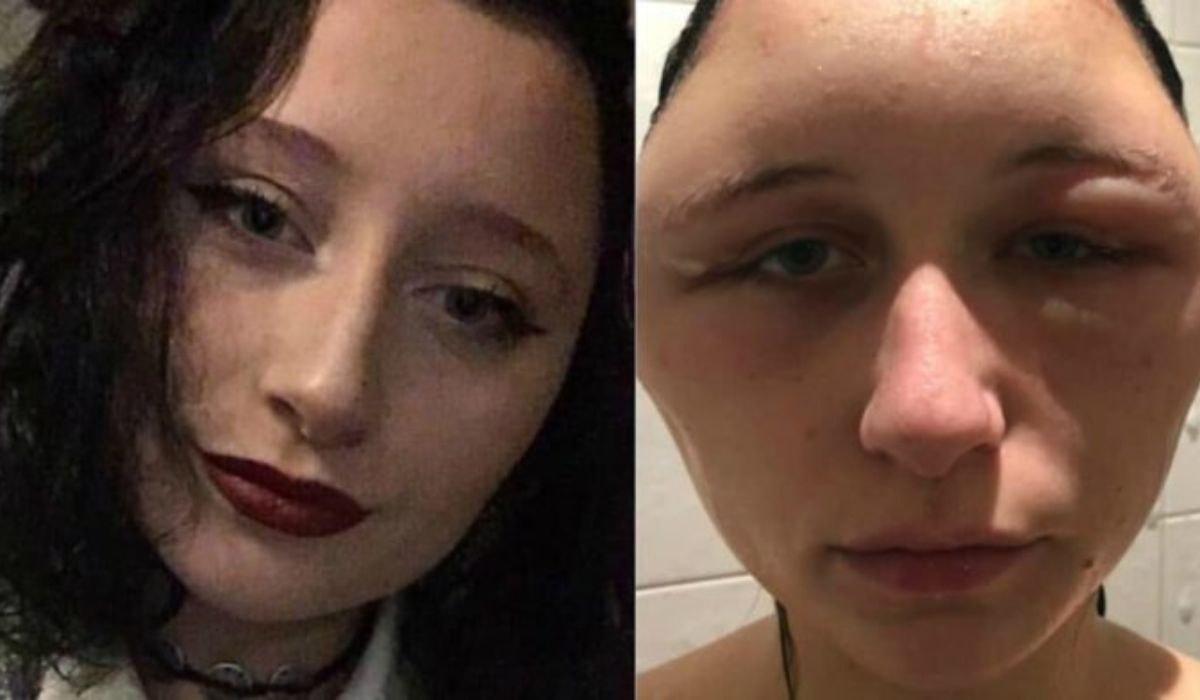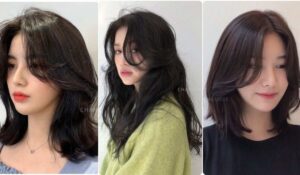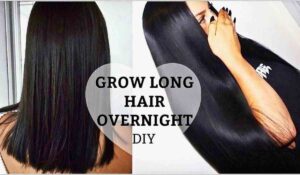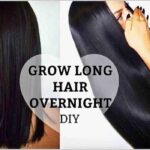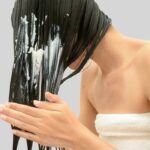PPD in hair color refers to paraphenylenediamine, a chemical compound commonly used in hair dyes to impart color. It helps create long-lasting and vibrant shades but can cause allergic reactions in some individuals.
Have you ever wondered what PPD in hair color is? Well, let’s break it down. PPD, or paraphenylenediamine, is a common ingredient found in many hair dyes. It’s responsible for that vibrant, long-lasting color we love. But, it’s also important to understand its potential effects on our hair and skin.
PPD, or paraphenylenediamine, is a chemical commonly found in hair color products. It’s responsible for creating the permanent color effect by reacting with the hair’s natural pigment. PPD helps the dye penetrate the hair shaft, resulting in a long-lasting color. Some people may develop allergic reactions to PPD, so it’s essential to do a patch test before using any hair dye containing this ingredient.
What Is Ppd?
Postpartum depression (PPD) is a type of depression that some people experience after having a baby. It can make them feel sad, anxious, or overwhelmed. PPD can happen to anyone, regardless of their background or how much they wanted the baby.
It’s essential to recognize the signs of PPD early and seek help from a doctor or therapist if needed. With support and treatment, people with PPD can feel better and enjoy their new role as parents.
PPD-free hair dye
PPD-free hair dye is a type of hair coloring product that does not contain a chemical called paraphenylenediamine (PPD). PPD is known to cause allergic reactions in some people, such as itching, redness, or swelling of the scalp or skin.
By using PPD-free hair dye, people can avoid these potential allergic reactions and still enjoy coloring their hair in various shades and styles. It’s a safer option for those with sensitive skin or allergies, providing peace of mind while achieving desired hair color transformations.
Ppd In Hair Color Black Hair
PPD, or paraphenylenediamine, is a chemical commonly found in black hair dye. It helps in achieving the rich, dark color that many people desire. PPD can sometimes cause allergic reactions in some individuals, leading to irritation, redness, or even swelling on the scalp or skin.
It’s important to do a patch test before using any hair dye containing PPD to ensure you’re not allergic to it. If you experience any discomfort or reaction, it’s best to avoid products with PPD and consult a healthcare professional for alternative options.
Ppd In Hair Dye Cause Cancer
Some hair dyes contain a chemical called PPD, which stands for paraphenylenediamine. PPD has been linked to an increased risk of cancer. When PPD comes into contact with the skin, it can cause irritation and allergic reactions.
Long-term exposure to PPD, especially through frequent use of hair dye, may potentially increase the risk of developing cancer, according to some studies. It’s important to be aware of the ingredients in the hair dye products we use and to consider safer alternatives if possible.
Ppd In Hair Dye Side Effects
Read the label: Check the ingredients list on the hair dye packaging for any potential irritants or allergens that could trigger a reaction.
Patch test: Before applying the dye to your entire head, do a patch test on a small area of your skin to see if you have any adverse reactions.
Ventilate: Make sure the room where you’re dyeing your hair is well-ventilated to minimize exposure to fumes that could potentially exacerbate any sensitivity.
Follow instructions: Always follow the instructions provided with the hair dye, including recommended application times and techniques, to reduce the risk of adverse effects.
Monitor for symptoms: Pay attention to any signs of irritation, such as itching, redness, or swelling, both during and after dyeing your hair. If you experience any concerning symptoms, rinse out the dye immediately and seek medical advice if necessary.
Hair Color Without PPD
| Hair Color Brand | PPD-Free | Additional Features |
| Clairol Natural Instincts | Yes | Ammonia-Free, Contains Coconut Oil |
| L’Oréal Paris Excellence Creme | Yes | Long-Lasting, Rich Conditioning |
| Garnier Olia | Yes | Oil-Powered Formula, Permanent Color |
| Schwarzkopf Simply Color | Yes | Gentle on Scalp, Natural Ingredients |
| Madison Reed Radiant Hair Color Kit | Yes | Botanical Ingredients, No Harsh Chemicals |
Frequently Asked Questions
Why is PPD used in hair color?
PPD helps hair color penetrate the hair shaft and produce long-lasting color results, especially in darker shades.
Is PPD safe for everyone?
PPD can cause allergic reactions in some people, ranging from mild irritation to severe allergic dermatitis.
How can I tell if a hair color contains PPD?
Check the ingredient list on the hair color packaging. PPD may also be listed as p-phenylenediamine.
Are there alternatives to hair color with PPD?
Yes, there are PPD-free hair color options available, which use alternative ingredients to achieve similar results without the risk of allergic reactions.
Conclusion
PPD, or paraphenylenediamine, is a common chemical found in many hair color products. It serves as a primary ingredient in permanent hair dyes, helping to create lasting color. However, PPD has been associated with various adverse effects, including skin irritation and allergic reactions.
In severe cases, prolonged exposure to PPD may increase the risk of developing cancer, although further research is needed to fully understand this link. As awareness grows about the potential risks of PPD, many individuals are seeking out alternative hair color options that are PPD-free. Whether opting for natural alternatives or exploring newer formulations, it’s essential to prioritize safety and choose products that best suit individual needs and preferences.
